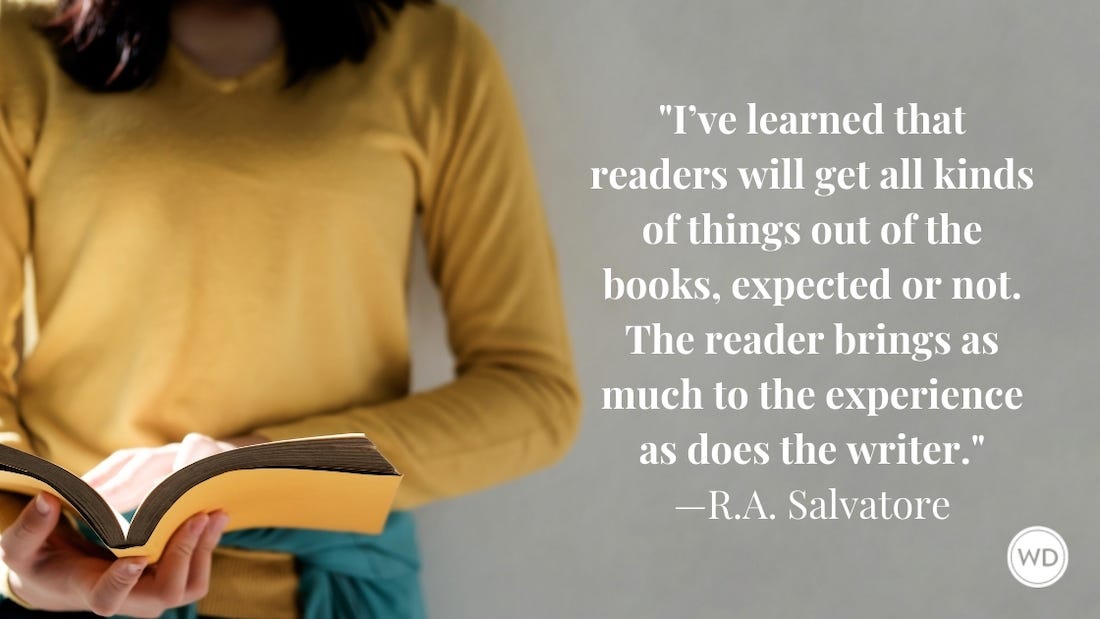The Fellowship of the Word
J.R.R. Tolkien’s myth-making tales are most alive in their original form: ink and paper.
When a great novel is adapted into a popular film, the result is often a severe case of literary amnesia. And when that movie becomes a cultural phenomenon in its own right, sometimes people need a reminder to check out the original source.
Case in point: The Lord of the Rings trilogy. As enchanting as Peter Jackson's film interpretations are, they can't compete with J.R.R. Tolkien's original novels. Tolkien didn't have the luxury of a movie screen to project his ideas—he had to plot them out, word by word.
And though his epic tales have enthralled millions of readers, many young fans identify only with the films. They haven't experienced the rich, meticulous and sometimes peculiar style with which Tolkien created his vast mythology. That's a shame, because the tales of Middle-earth are best experienced on the page.
SETTING AND SYMBOLISM
In building a fictional world inhabited by hobbits, humans, elves and orcs, Tolkien was careful to describe their surroundings evocatively. In this scene from The Two Towers, Frodo and Sam, two hobbits on a perilous journey into the dark realm of Mordor, survey the land ahead:
The hobbits now stood on the brink of a tall cliff, bare and bleak, its feet wrapped in mist; and behind them rose the broken highlands crowned with drifting cloud. A chill wind came from the East. Night was gathering over the shapeless lands before them; the sickly green of them was fading to a sullen brown.
Tolkien makes the land a character in his novels, assigning it traits that, depending on the scene, can inspire feelings of terrible loathing or great comfort. To further evoke the sense of dread in this scene, and to foreshadow the terrible events that will unfold later, Tolkien continues with this telling detail:
... [A]t the edge of the oncoming night, a dark line hung, like distant mountains of motionless smoke. Every now and then a tiny red gleam far away flickered upwards on the rim of earth and sky.
Red, a symbol of distant yet ever-present evil, appears throughout The Lord of the Rings stories. In The Return of the King, it describes the sun before a great battle:
The wind blew, and the trumpets sang, and arrows whined; but the sun now climbing towards the South was veiled in the reeks of Mordor, and through a threatening haze it gleamed, remote, a sullen red, as if it were the ending of the day, or the end maybe of all the world of light.
The details in these scenes can be visually reproduced, but their narrative significance can't. Tolkien's descriptive observations are just as important to the story as the plot.
ACTION AND ARCHETYPE
Tolkien took care to set up his battle scenes well, and for good reason. The battles are sprawling conflicts, rich with description and drama—a far cry from the rapid-fire sequences in many contemporary adventure stories. In a pivotal moment of The Return of the King, the human Eéowyn fights a dragon:
Still she did not blench: maiden of the Rohirrim, child of kings, slender but as a steel-blade, fair yet terrible. The outstretched neck she clove asunder, and the hewn head fell like a stone. Backward she sprang as the huge shape crashed to ruin, vast wings outspread, crumpled on the earth; and with its fall the shadow passed away. A light fell about her, and her hair shone in the sunrise.
This passage may remind you of old-fashioned tales like Beowulf or Sir Gawain and the Green Knight, and that's no accident. Tolkien was an authority on Anglo-Saxon literature, and his intent for this trilogy was to create a universal myth similar to those old tales. He owes much of the rhythm and word choice in this scene to writing from that ancient tradition.
Today's fantasy writers owe a great debt to Tolkien, as well. He's responsible for breathing life back into the heroic epic. The fact that his works spawned a masterpiece on film is a testament to the power of his medium—the ancient, unparalleled word.








